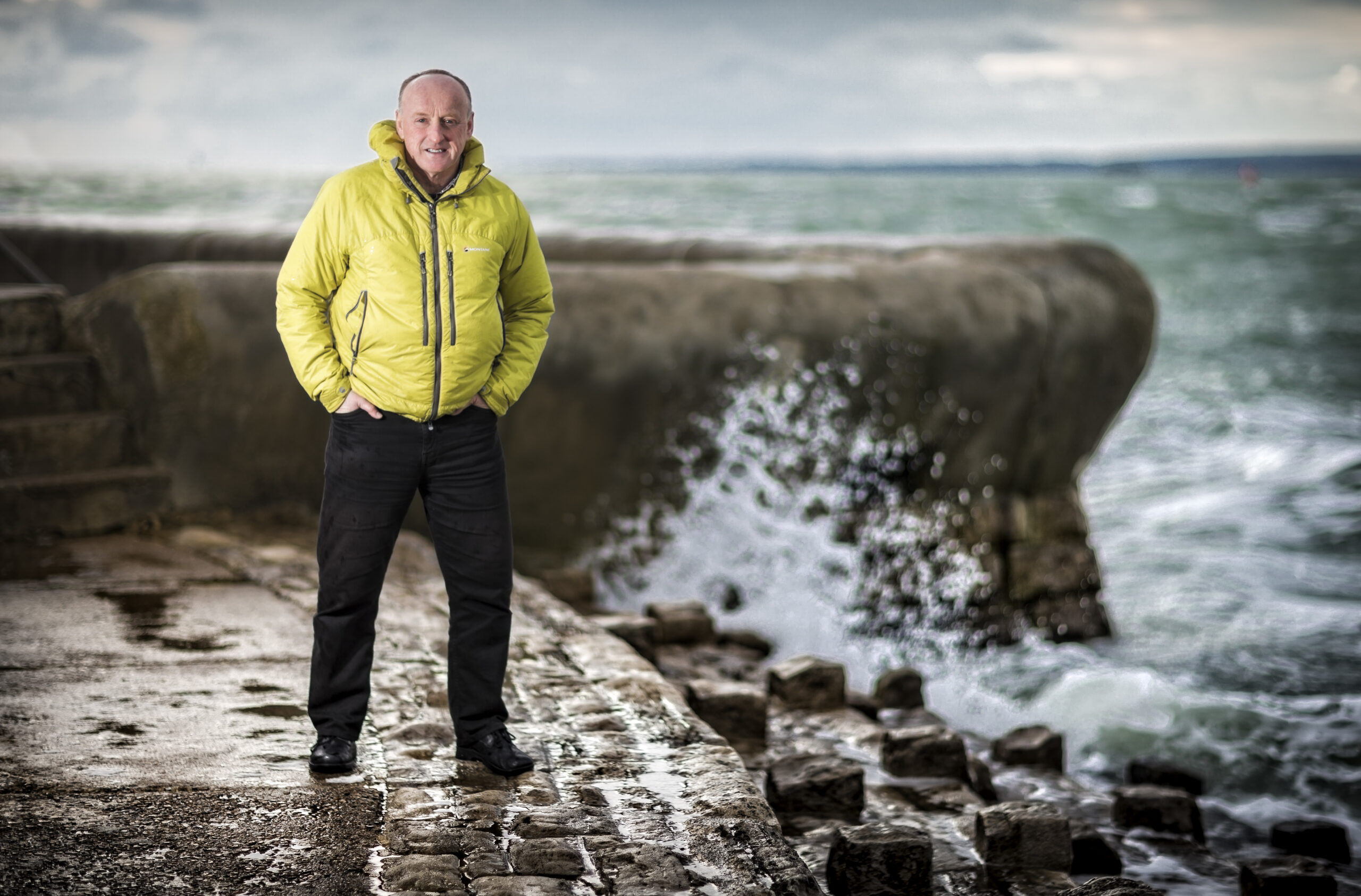We found that if you cold acclimatise, which only takes five or six immersions of two or three minutes, you can halve the cold shock response (see table below) – which has a real benefit for open-water swimmers.
Plus, 14 months later it was still reduced by 20 by 25%, so quite a lot of that habituation is probably fairly permanent and central.
Now that doesn’t mean at the start of the next season you can run and dive in, because you will have lost some adaptation unless you keep going.
Beneficial effects of cold-water immersion
The good news is, quite a lot of the beneficial effects of cold-water immersion, in terms of mental and physical well-being, are obtained in the first two minutes. There isn’t a need to stay in the water for a long time.
If you want to do long distance, just wear a wetsuit. Whether with or without a wetsuit, I think you probably get the same benefits in terms of those initial responses as a wetsuit still allows water in, so your body is still exposed to it.
The cold-water shock response
What is the cold-water shock response? Professor Mike Tipton explains…
“Rapid skin cooling on immersion stimulates the cold receptors at the surface of the skin that evoke what, in the 1980s, we called ‘Cold Shock’ (CS).
In terms of deaths on immersion in cold water, CS is the most dangerous response and affects men and women to a similar extent.
CS peaks in water between 10-15 °C (50-59 °F) and includes a ‘gasp’ response, hyperventilation, hypertension and increased cardiac workload.
At best CS can interfere with your ability to coordinate swimming and breathing on initial immersion. At worst it can be a precursor to drowning and cardiovascular issues.
The cold shock response peaks in the first 30 seconds of immersion and usually abates over the next 60 seconds as the skin receptors adapt to the new skin temperature.
In situations where the face is also immersed, on initial entering of the water and breath holding occurs, co-activation of inputs into the heart telling it to slow down and speed up can produce what we have called ‘Autonomic Conflict,’ resulting in potentially fatal arrhythmias during open-water swimming.
The good news is that the CS will habituate – as few as six, two-minute suvervised immersions in cold water over a day or two can halve the CS response**.”
** Reference: Tipton, M. J. (2013) ‘Sudden cardiac death during open water swimming’. British Journal of Sports Medicine. 48(15):1134-5.
- The most important body parts to keep warm when swimming
- How to improve your performance in cold water
- How to warm your cold body up after open-water swimming
Top image credit: Remy Whiting
